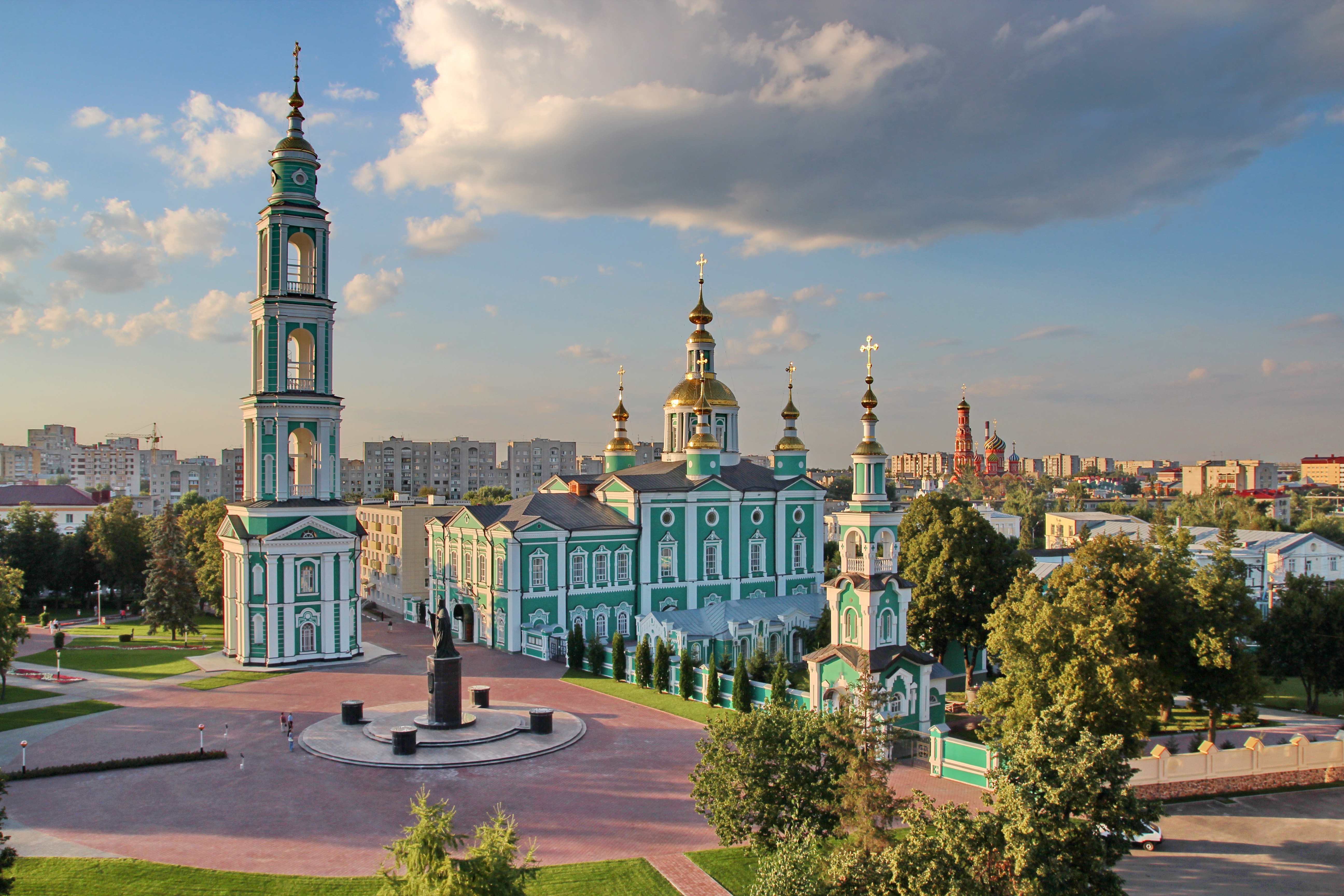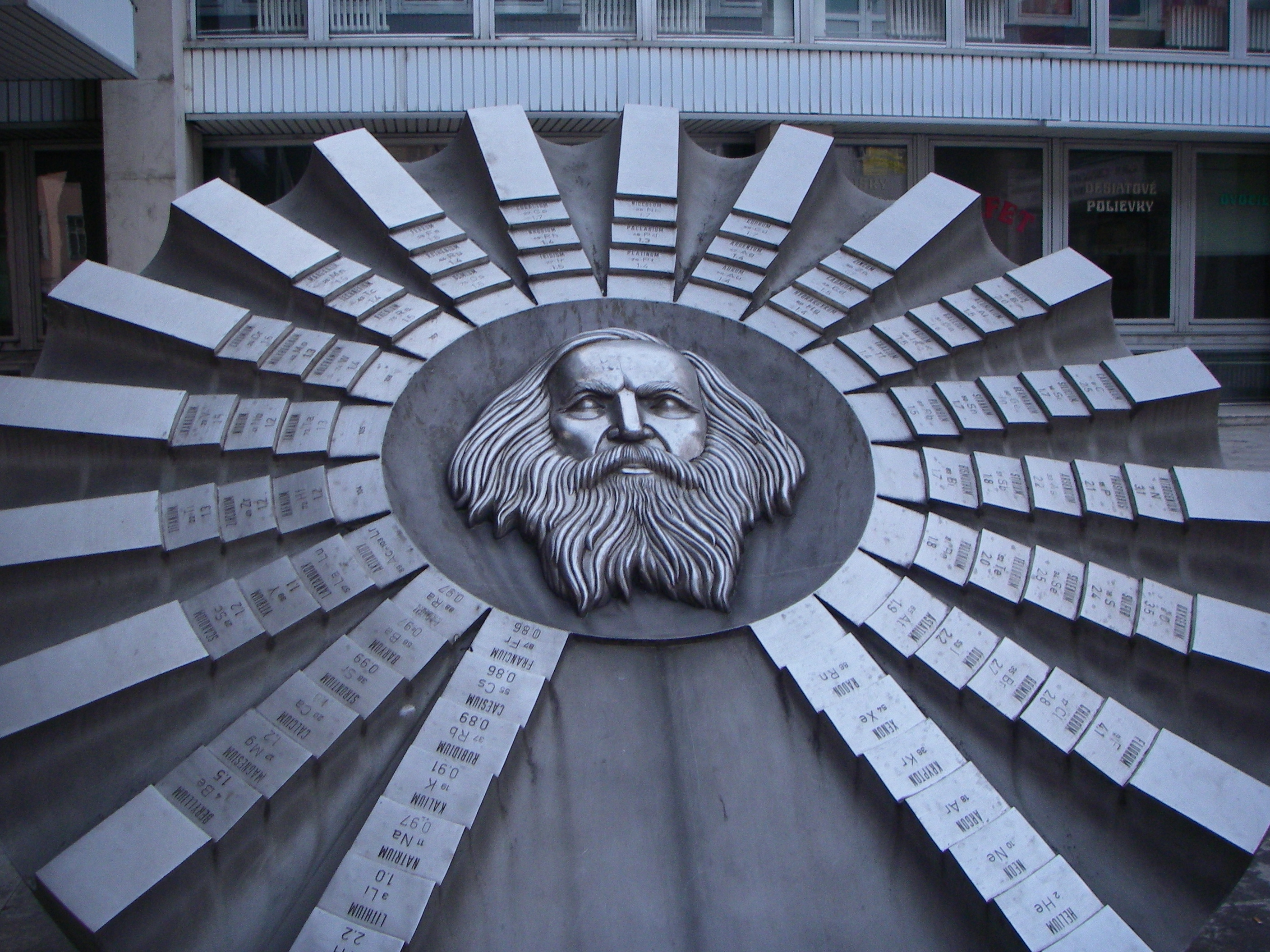|
Constantin Fahlberg
Constantin Fahlberg (22 December 1850 in Tambov – 15 August 1910 in Nassau, aged 59) was a Russian chemist who discovered the sweet taste of anhydroorthosulphaminebenzoic acid in 1877–78 when analysing the chemical compounds in coal tar at Johns Hopkins University for Professor Ira Remsen (1846–1927, aged 81). Later Fahlberg gave this chemical "body" the trade name Saccharin Saccharin (''aka'' saccharine, Sodium sacchari) is an artificial sweetener with effectively no nutritional value. It is about 550 times as sweet as sucrose but has a bitter or metallic aftertaste, especially at high concentrations. Saccharin is .... External links *, , and . Four patents by Fahlberg on the synthesis of saccharin. {{DEFAULTSORT:Fahlberg, Constantin 1850 births 1910 deaths Russian chemists Russian inventors 19th-century American chemists 19th-century German chemists ... [...More Info...] [...Related Items...] OR: [Wikipedia] [Google] [Baidu] |
Tambov
Tambov (, ; rus, Тамбов, p=tɐmˈbof) is a types of inhabited localities in Russia, city and the administrative center of Tambov Oblast, Central Federal District, central Russia, at the confluence of the Tsna River (Moksha basin), Tsna and Studenets Rivers, about south-southeast of Moscow. Population: 280,161 (Russian Census (2010), 2010 Census); 293,658 (Russian Census (2002), 2002 Census); Etymology The name "Tambov" originates from the Moksha language, Mokshan word( mdf, томбале, tombale, the other side, the remote one) Geography Urban layout In terms of its layout, Tambov was no different from other fortified cities - the Kremlin, the prison and a small settlement. The chosen place was in full compliance with the requirements of the fortification. From the north and east, the new fortress was washed by rivers, and from the west and south it was protected by artificial ditches filled with water by the Studenets River. The Kremlin was surrounded by a six-meter w ... [...More Info...] [...Related Items...] OR: [Wikipedia] [Google] [Baidu] |
Nassau (Lahn)
Nassau ( , also , , ) is a town located in the German state of Rhineland-Palatinate. It lies in the valley of the river Lahn between the towns of Bad Ems and Limburg an der Lahn. Nassau was the seat of the former Verbandsgemeinde Nassau, and is part of the Nassau Nature Park. The town is on the German-Dutch holiday road, the Orange Route. As of 2017, it had a population of 4,521. Nassau gave its name to the prominent royal House of Nassau and directly or indirectly to numerous geographical entities, including a sovereign state, the Duchy of Nassau; the Prussian province of Hesse-Nassau; the historical and geographical region Nassau; Nassau County, New York; and Nassau, Bahamas, the capital city of the Bahamas. Historically, Long Island in New York State was also called ''Nassau'', though the name passed out of use. History The earliest known surviving mention of Nassau refers to the ''Villa Nassova'' estate of the Bishopric of Worms in a 915 deed. In 1348 the Emperor Charles ... [...More Info...] [...Related Items...] OR: [Wikipedia] [Google] [Baidu] |
Benzoic Sulfimide
Saccharin (''aka'' saccharine, Sodium sacchari) is an artificial sweetener with effectively no nutritional value. It is about 550 times as sweet as sucrose but has a bitter or metallic aftertaste, especially at high concentrations. Saccharin is used to sweeten products such as drinks, candies, cookies, and especially for masking bitter taste of some medicines. Etymology Saccharin derives its name from the word "saccharine", meaning "sugary". The word saccharine is used figuratively, often in a derogative sense, to describe something "unpleasantly over-polite" or "overly sweet". Both words are derived from the Greek word (''sakkharon'') meaning "gravel". Similarly, saccharose is an obsolete name for sucrose (table sugar). Properties Saccharin is heat-stable. It does not react chemically with other food ingredients; as such, it stores well. Blends of saccharin with other sweeteners are often used to compensate for each sweetener's weaknesses and faults. A 10:1 cyclamate–sacch ... [...More Info...] [...Related Items...] OR: [Wikipedia] [Google] [Baidu] |
Coal Tar
Coal tar is a thick dark liquid which is a by-product of the production of coke and coal gas from coal. It is a type of creosote. It has both medical and industrial uses. Medicinally it is a topical medication applied to skin to treat psoriasis and seborrheic dermatitis (dandruff). It may be used in combination with ultraviolet light therapy. Industrially it is a railroad tie preservative and used in the surfacing of roads. Coal tar was listed as a known human carcinogen in the first Report on Carcinogens from the U.S. Federal Government. Coal tar was discovered circa 1665 and used for medical purposes as early as the 1800s. Circa 1850, the discovery that it could be used as the main ingredient in synthetic dyes engendered an entire industry. It is on the World Health Organization's List of Essential Medicines. Coal tar is available as a generic medication and over the counter. Side effects include skin irritation, sun sensitivity, allergic reactions, and skin discoloration. ... [...More Info...] [...Related Items...] OR: [Wikipedia] [Google] [Baidu] |
Johns Hopkins University
Johns Hopkins University (Johns Hopkins, Hopkins, or JHU) is a private university, private research university in Baltimore, Maryland. Founded in 1876, Johns Hopkins is the oldest research university in the United States and in the western hemisphere. It consistently ranks among the most prestigious universities in the United States and the world. The university was named for its first benefactor, the American entrepreneur and Quaker philanthropist Johns Hopkins. Hopkins' $7 million bequest to establish the university was the largest Philanthropy, philanthropic gift in U.S. history up to that time. Daniel Coit Gilman, who was inaugurated as :Presidents of Johns Hopkins University, Johns Hopkins's first president on February 22, 1876, led the university to revolutionize higher education in the U.S. by integrating teaching and research. In 1900, Johns Hopkins became a founding member of the American Association of Universities. The university has led all Higher education in the U ... [...More Info...] [...Related Items...] OR: [Wikipedia] [Google] [Baidu] |
Ira Remsen
Ira Remsen (February 10, 1846 – March 4, 1927) was an American chemist who discovered the artificial sweetener saccharin along with Constantin Fahlberg. He was the second president of Johns Hopkins University. Early life Ira Remsen was born in New York City on February 10, 1846. He is the son of James Vanderbelt Remsen (1818–1892) and Rosanna Secor (1823–1856). He married Elisabeth Hilleard Mallory on Apr 3, 1875 in New York City, New York. They had two children together. Their son, Ira Mallory Remsen (1876–1928), became a playwright living in Carmel-by-the-Sea, California. Remsen earned an M.D. from the New York Homeopathic Medical College in 1865. He subsequently studied chemistry in Germany, studying under chemist Wilhelm Rudolph Fittig, receiving a PhD from University of Göttingen in 1870. Career In 1872, after researching pure chemistry at University of Tübingen, Remsen returned to the United States and became a professor at Williams College, where he wrote ... [...More Info...] [...Related Items...] OR: [Wikipedia] [Google] [Baidu] |
Saccharin
Saccharin (''aka'' saccharine, Sodium sacchari) is an artificial sweetener with effectively no nutritional value. It is about 550 times as sweet as sucrose but has a bitter or metallic aftertaste, especially at high concentrations. Saccharin is used to sweeten products such as drinks, candies, cookies, and especially for masking bitter taste of some medicines. Etymology Saccharin derives its name from the word "saccharine", meaning "sugary". The word saccharine is used figuratively, often in a derogative sense, to describe something "unpleasantly over-polite" or "overly sweet". Both words are derived from the Greek word (''sakkharon'') meaning "gravel". Similarly, saccharose is an obsolete name for sucrose (table sugar). Properties Saccharin is heat-stable. It does not react chemically with other food ingredients; as such, it stores well. Blends of saccharin with other sweeteners are often used to compensate for each sweetener's weaknesses and faults. A 10:1 cyclamate–sacch ... [...More Info...] [...Related Items...] OR: [Wikipedia] [Google] [Baidu] |
1850 Births
Year 185 ( CLXXXV) was a common year starting on Friday (link will display the full calendar) of the Julian calendar. At the time, it was known as the Year of the Consulship of Lascivius and Atilius (or, less frequently, year 938 ''Ab urbe condita''). The denomination 185 for this year has been used since the early medieval period, when the Anno Domini calendar era became the prevalent method in Europe for naming years. Events By place Roman Empire * Nobles of Britain demand that Emperor Commodus rescind all power given to Tigidius Perennis, who is eventually executed. * Publius Helvius Pertinax is made governor of Britain and quells a mutiny of the British Roman legions who wanted him to become emperor. The disgruntled usurpers go on to attempt to assassinate the governor. * Tigidius Perennis, his family and many others are executed for conspiring against Commodus. * Commodus drains Rome's treasury to put on gladiatorial spectacles and confiscates property to suppo ... [...More Info...] [...Related Items...] OR: [Wikipedia] [Google] [Baidu] |
1910 Deaths
Year 191 ( CXCI) was a common year starting on Friday (link will display the full calendar) of the Julian calendar. At the time, it was known as the Year of the Consulship of Apronianus and Bradua (or, less frequently, year 944 ''Ab urbe condita''). The denomination 191 for this year has been used since the early medieval period, when the Anno Domini calendar era became the prevalent method in Europe for naming years. Events By place Parthia * King Vologases IV of Parthia dies after a 44-year reign, and is succeeded by his son Vologases V. China * A coalition of Chinese warlords from the east of Hangu Pass launches a punitive campaign against the warlord Dong Zhuo, who seized control of the central government in 189, and held the figurehead Emperor Xian Emperor Xian of Han (2 April 181 – 21 April 234), personal name Liu Xie (劉協), courtesy name Bohe, was the 14th and last emperor of the Eastern Han dynasty in China. He reigned from 28 September 189 until 1 ... [...More Info...] [...Related Items...] OR: [Wikipedia] [Google] [Baidu] |
Russian Chemists
This list of Russian chemists includes the famous chemists and material scientists of the Russian Federation, the Soviet Union, the Russian Empire and other predecessor states of Russia. Alphabetical list __NOTOC__ A *Aleksandr Arbuzov, discovered Arbuzov reaction. B * Alexander Baykov, an academician of the USSR Academy of Sciences. *Ernest Beaux, inventor of Chanel No. 5, ''"the world's most legendary fragrance"'' *Nikolay Beketov, inventor of aluminothermy, a founder of physical chemistry *Friedrich Konrad Beilstein, proposed the Beilstein test for the detection of halogens, author of the Beilstein database in organic chemistry * Boris Belousov, chemist and biophysicist, discoverer of Belousov–Zhabotinsky reaction, a classical example of non-equilibrium thermodynamics *Alexander Borodin, chemist and composer, the author of the famous opera ''Prince Igor'', discovered Borodin reaction, co-discovered Aldol reaction *Aleksandr Butlerov, discovered hexamine, formaldehyde ... [...More Info...] [...Related Items...] OR: [Wikipedia] [Google] [Baidu] |







